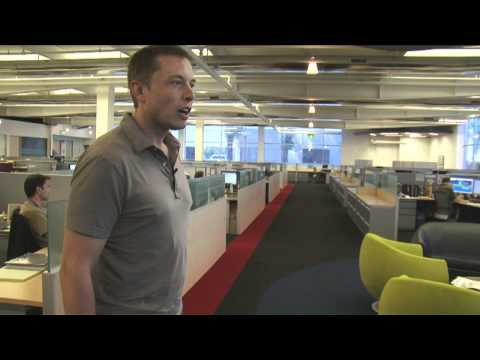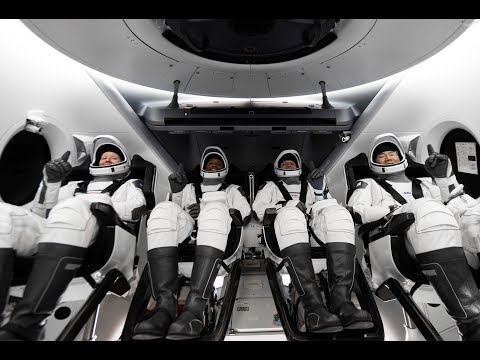The world of space exploration is witnessing an unprecedented era of innovation, with private companies pushing boundaries and unlocking new frontiers like never before. One such company leading the charge is SpaceX, founded by visionary entrepreneur Elon Musk. At the forefront of SpaceX’s ambitions is their Starship spacecraft, designed to revolutionize space travel and pave the way for humans to become a multi-planetary species. The recent Starship flight test has sparked excitement and enthusiasm among scientists and space enthusiasts, offering a promising glimpse into the future of space exploration.
On May 5th, 2021, SpaceX successfully conducted its fifth high-altitude flight test of the Starship prototype, dubbed SN15 (Serial Number 15). This particular flight was eagerly anticipated after four previous prototypes encountered varying degrees of mishap during landing attempts. With each failure, SpaceX diligently analyzed data and made design modifications, paving the way for SN15’s triumphant success.
The Starship SN15 soared to an altitude of around 10 kilometers, showcasing its impressive maneuverability and stability throughout its ascent. It demonstrated a seamless transition between various flight regimes as it gracefully reached its peak altitude before initiating a belly flop-like maneuver commonly referred to as “the flip.” This controlled maneuver allowed the spacecraft to align itself horizontally for reentry into Earth’s atmosphere.
One of the most remarkable aspects of this flight test was Starship’s aerodynamic control during descent. As it plummeted towards Earth, a series of thrusters precisely executed in-flight adjustments to ensure a proper descent trajectory. This in-flight maneuverability displayed incredible progress since earlier prototypes struggled with maintaining stability under similar conditions.
As SN15 descended closer to Earth’s surface, it gracefully reignited its Raptor engines—a feat that had troubled previous iterations—and executed a successful landing without any structural anomalies or catastrophic failures. This accomplishment marks a significant milestone for SpaceX, demonstrating the culmination of years of dedication and effort into the development of its Starship spacecraft.
The successful flight test brings SpaceX closer to fulfilling its ambitious vision of human colonization on Mars and other celestial bodies within our solar system. The Starship spacecraft aims to transport large crews and cargo to destinations like the Moon, Mars, and potentially even beyond. Its expansive interior volume could potentially accommodate up to 100 passengers, revolutionizing space tourism and offering unprecedented access to our cosmic neighborhood.
Beyond its capacity for interplanetary exploration, the Starship spacecraft holds immense potential for other applications. Its rapid payload deployment capabilities would enable the deployment of satellites into orbit with incredible efficiency and flexibility. It could also serve as a platform for servicing existing satellites by providing repairs or upgrades.
While the successful launch and landing of SN15 serve as a significant achievement, it is essential to acknowledge that this is only one step in a prolonged process towards operationalizing Starship. SpaceX will likely conduct several more tests before achieving full functionality and regulatory approval for human spaceflight operations.
Nonetheless, the recent flight test marks an exciting milestone that demonstrates humanity’s unwavering pursuit of expanding our presence in space. With each successful test flight, SpaceX is pushing boundaries and inching closer towards making interplanetary travel a reality. The future looks increasingly promising as technologies continue to evolve, enabling humankind’s ambitious goals of exploration beyond Earth’s atmosphere—ushering in a new age of space exploration fueled by innovation and determination.





